Ha-ha: Ingenious Invisible Man (11 photos)
What is a wall? It would seem to be just a barrier protecting against uninvited guests. But sometimes there is a whole story of ingenuity and wit hidden behind its creation. 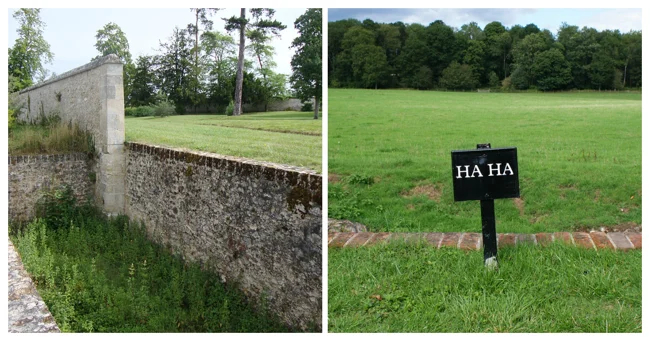
Take, for example, the crinkle-crankle (translated from Old English, meaning "zigzag") - a bizarre winding wall popular in the county of Suffolk in the east of England. 
Animal control ditch known as a ha-ha
Its wave-like shape gives the structure stability, eliminating the need to erect supports. But a much more mysterious and witty invention was the so-called "ha-ha" - an unusual wall that can be found in British manors of the 18th century.
How is the invisible barrier constructed? 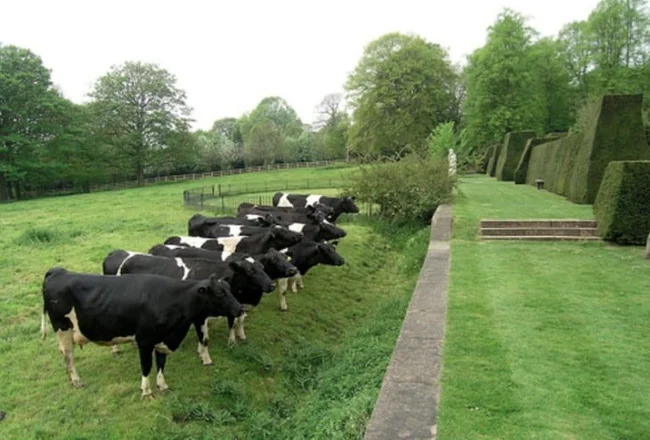
Ha-ha is a clever combination of a ditch and a wall. From the outside it looks like a gentle grassy slope, sharply falling down, and from the side of the estate - like a vertical stone wall, the upper edge of which is level with the ground. This design did not allow cattle to wander onto the neat lawn, but at the same time did not disturb the magnificent view from the estate. Looking out the windows of the house, one could think that the garden endlessly merges with nature - the wall remained almost invisible. 
They say that the funny name "ha-ha" got it thanks to this optical illusion. A guest who unexpectedly stumbled upon a hidden moat would certainly exclaim: "Ah! Ah!" - that's how this playful name appeared.
Why did aristocrats need a moat without water? 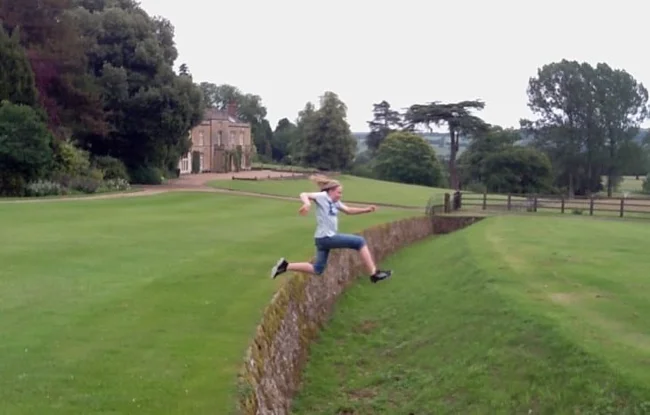
Titsey Manor with a View of the Ha-Ha
In the days before lawnmowers were invented, the grass on the lawns was mown by… sheep and cows. But how to protect the estate’s exquisite gardens from voracious animals? A regular fence would spoil the view, and the deep moat would turn into a swamp. The Ha-Ha was an elegant solution: it allowed the cattle to graze right up to the wall, while preserving the immaculate landscape. 
The Crane Estate in Ipswich, Massachusetts
The idea of such a structure is not new - in the Middle Ages in England they built "deer-leaps" in hunting grounds. But in its usual form, the ha-ha appeared in France, becoming an ornament of gardens in the early 18th century. In 1709, the garden art enthusiast Dezallier d'Argenville described it in his work "The Theory and Practice of Gardening".
The Triumphal Procession of Ha-Has Across Europe 
Ha-Ha on the Grounds of Hopetoun House Near South Queensferry, Scotland
Stowe Estate was one of the first to adopt this oddity in England. The unusual wall delighted visitors, especially the nobility, who immediately began to copy it in their estates. John Percival, 1st Earl of Egmont, impressed by the ha-ha at Stowe, wrote to his cousin in 1724: 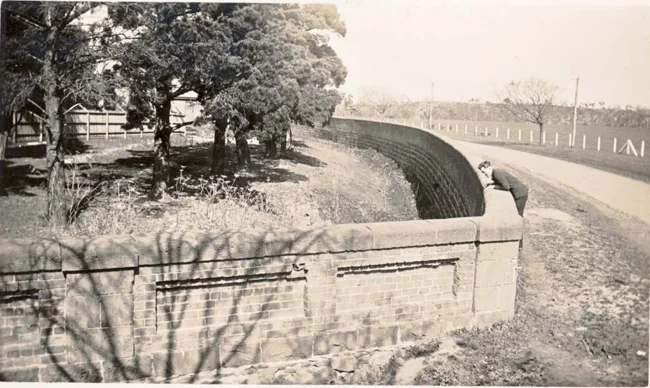
An example of a variation of the ha-ha used at Yarra Bend Asylum in Victoria, Australia, circa 1900
What makes this garden especially charming is that it is not bordered by a wall, but by a ha-ha. It does not hide the beautiful wooded landscape, and therefore it is impossible to guess where the alleys end… 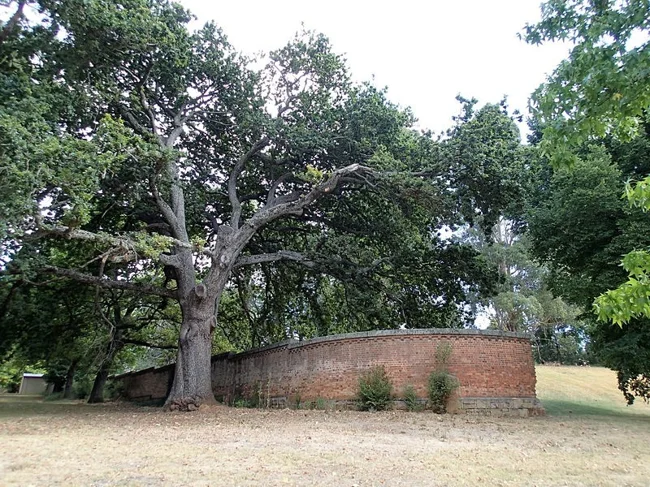
Remains of the original wall in the Beechworth mental hospital
In addition to Stowe, ha-ha can be found in many old estates in Britain. But it is curious that this design was used not only for beauty: in the Victorian era, it was used in Australian mental hospitals - for example, in Yarra Bend and Kew. The high wall did not allow patients to escape, but at the same time did not deprive them of a pleasant view of the surroundings.
Revival of a forgotten classic 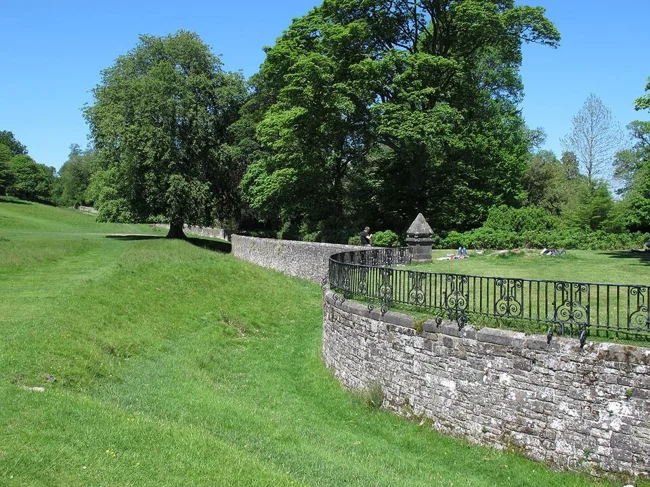
Ha-ha at Petworth House, West Sussex, England
Today, landscape designers have once again remembered the ha-ha. These unnoticeable but effective barriers fit perfectly into modern parks without disturbing the harmony of space. One such example is the ha-ha at the Washington Monument in the USA, built in the early 2000s. 
The Washington Monument is surrounded by a low wall
So if you ever happen to be walking through an ancient park and suddenly the ground beneath your feet seems to fall down, don’t be alarmed. You may have just encountered a ha-ha – a brilliant invention that has been combining beauty and practicality for three centuries.






























